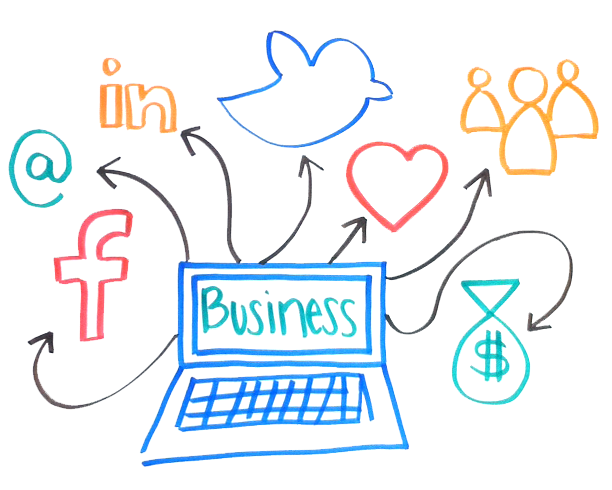Table of content:
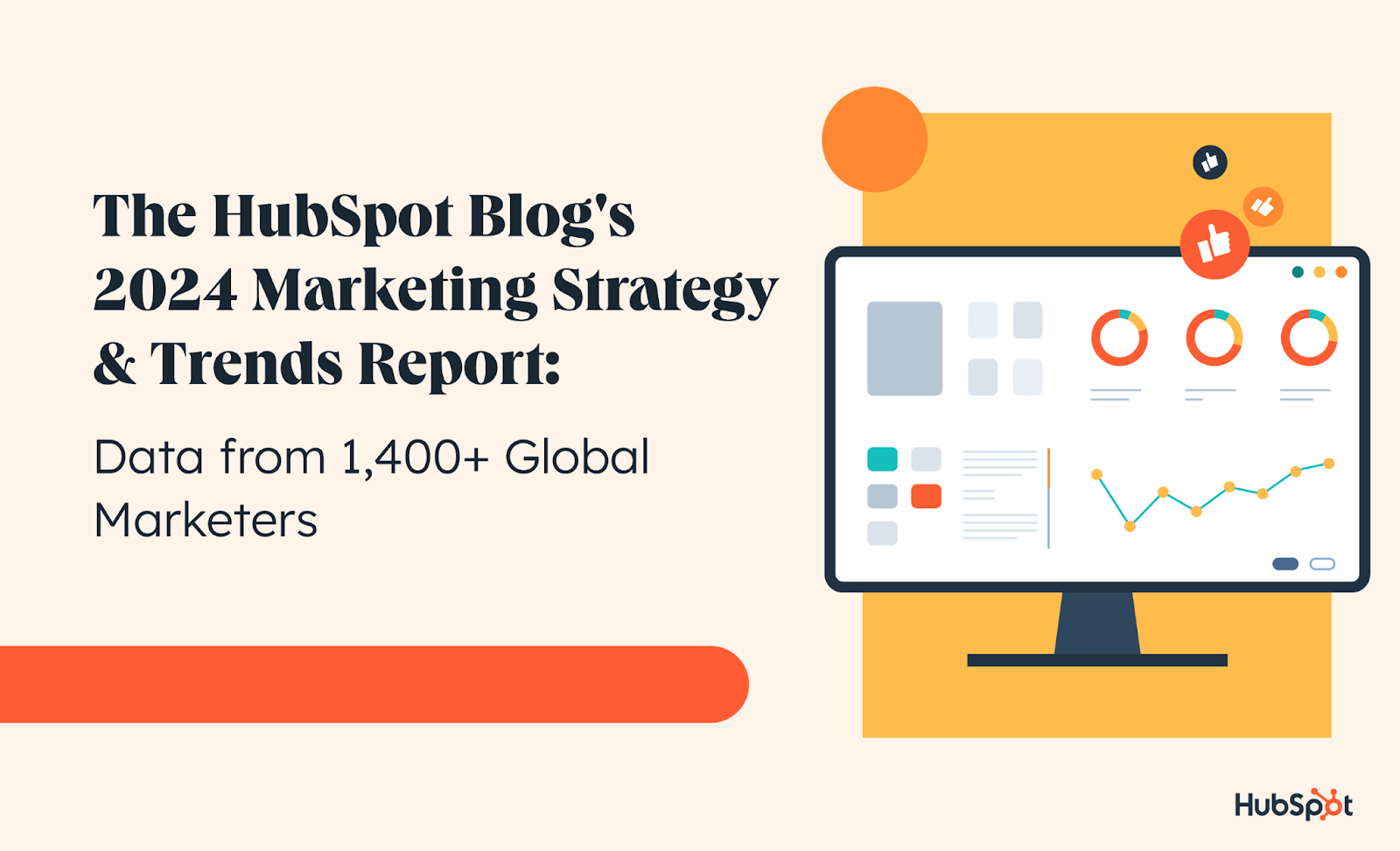
Image Source: Blog.Hubspot
It goes without saying that what we see has a profound impact on our actions and perceptions.
Years of experience and experimentation has increased our understanding of visual communication. So, it has become an integral part of our daily lives, and we are inevitably influenced by it.
Seeing Comes Before Words
Seeing Comes Before Words
According to psychologist Albert Mehrabian, 93% of communication is nonverbal. Between textual and visual communciation, textual ubiquity is still quite new. Visual communication stretches far into our cultural ancestry.
Due to millions of years of evoution, we are designed to perceive visuals differently than text. According to Steven Johnson, psychologists propose human response to visual images stems from our ancestors’ time on the African savannas. This is why humans have an innate fondness for open landscape images.
Our thinking is rooted in images before words. Media theorist, John Berger, states that children recognize images and visual cues before they speak. This is why children start out their learning process through picture books. They learn words through image assocation.
This is backed up by Dr. Lynell Burmark who wrote several books on visual literacy. She said words and concepts will not process correctly unless they are attached to an image. Words are defined by images.
The human short-term memory can only process about 7-bits of information on average. Whereas images are stored in long-term memory. This is why it is easier to show shapes and colors rather than describe them.
Visual Communication Garners Stronger Emotional Responses
3M Corporation discovered that visuals are processed 60,000 times faster than text. When the human brain sees images, they are processed simultaneously. On the other hand, language and text is decoded in a sequential, linear manner, which takes more time to process.
In this way, visuals can easily influence our emotions. As we accumulate a language through visuals, we are able to efficiently communication data and emotions.
For instance, the color red is often heightening your pulse or breathing rates. This is why firetrucks and exit signs are red. Certainly, they are meant to give you feelings of urgency.
Images can quickly elicit emotional responses and even influence the viewer to think a certain way. Describing an image is not as strong as seeing it. With words, you would need time to digest the description whereas an image instantaneously triggers an emotional response.
J. Francis Davis, a media education specialist, said that images are culture’s tools of persuasion. He said they “have become tools used to elicit specific and planned emotional reactions in the people who see them”.
So, this means images do not only communicate quickly. Also, it means they can affect you psychologically and physiologically.
First Impressions Are 94% Design Related
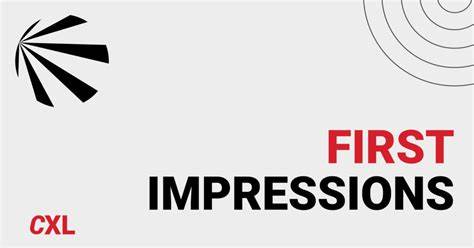
Image Source: Pinterest
Don Norman, author of Emotional Design, said:
“Appearance—how could that matter? And yet for some reason, I would still buy attractive things, even if they didn’t work as well as the less attractive ones…I’ve finally come to understand that it’s a result of the extremely tight coupling between emotion and cognition. Emotion is about judging the world, and cognition is about understanding. They can’t be separated.”
Appearance is vital. The most clear indication of that is the saying “I’ll believe it when I see it”. Although we know images can be mainpulated, images are nevertheless persuasive.
The Stanford Pursuasive Technology Lab performed a study to see how image affects the credibility of a website. 2,440 participants were asked to evaluate a website. 46.1% stated that the website’s design was the primary criterion for determining credibility.
Not to mention, many of the participants’ comments were centered on the attractiveness of the website’s visuals. People feel compelled to look at images and to share them. That being said, we cannot overlook how visuals postively and negatively motivate people’s actions.
Be sure to check out this guide on the 5 Psychology Studies about Visual Information.
Visual Aids Are 43% More Effective in Persuading Action

Image Source: bmmagazine.co.uk
Understanding the power of visual communication can be beneficial to you. Allen Ginsberg, author and poet, stated, “Whoever controls the media–the images–controls the culture”.
So, this has been true as early as the late nineteenth century. In the 1940s, the government used propaganda to build morale for World War II. Advertisements confirmed illustrations could sell products.
Despite some opposing opinions, imagery has been the catalyst to profund changes in history. The Sunday New York Times published an article entitled, “Good as a Gun: When Cameras Define a War”. So, it examined how images of war deeply swayed public opinion of world affairs.
Seeing things as shocking as war-torn landscapes is far more influential than reading about them. Certainly, the images stick to your brain longer than the words do.
The very same can be applied to presentations. A 3M-sponsored study found that presenters who used visual aids were more effective in persuading their audience. Average presenters who used visual aids were as effective as advanced presenters using no visual aids.
Think back on your own presentations. Were they more effective with or without images and graphics?
For more about the importance of visual aids, check out this article.
Print Publications Have Become More Visual

Image Source: bmmagazine.co.uk
Throughout the beginnings of history and cultures, majority of communications was visual communication. In the 30,000 years of human communcation, textual communication only made up about 3,700 years.
The invention of the printing press in 1450 made text the center of communication. Graphics were put to the side because they were too expensive to reproduce. However, as time went on, printing costs significantly decreased, graphics have grown in popularity.
Gunther Kress, an English professor at the University of London, made an intersting observation about textbooks. He saw that textbooks have made a significant transition from text to graphics between 1936 and 1988.
Apart from a distinct decrease in text, sentences are simpler and less formal. Visual cues are now becoming integral in learning and understanding.
So, it might seem like a simplification of learning. However, it really indicates an integration of the two types of communication.
In the same way, newspapers have been falling out to visual, social media. Charles Brumback, the chairman of the Newspaper Association of America, saw that culture is moving more towards visual literacy.
Check out this Fortune article to see how images are the new center of literacy.
4.3 million Employees Are Telecommuting

Image Source: eztalks
Telecommuting refers to the new trend of working from home or from a remote location. Now, employees do not have to come into the office to work. However, this has made management rely on a number of tools to keep communication efficient.
So, these tools vary from text and email to voice chat and video chat. Visual communication becomes integral here.
Many office tasks are complete faster when there is face to face communication. Also, video chats are able to mimic face to face meetings and expedite communication.
Even in remote workplace settings, seeing people makes a difference in communication. Emails or chat messages can sometimes be inefficient in translating certain tasks or messages. Visual communication eliminates possible misunderstandings.
Also, it positively impacts relationship building. While working remotely is nice because you can work from wherever you want. Also, it can isolate you.
Visual communication in telecommuting allows you to remember you work with people and not just machines. Certainly, it gives you a greater sense of belonging since you are not in a traditional working space.
So, it is quickly becoming a driving force in our workforce. For more on visual communication for remote workers, check out this article.
84% of Communcations Will Be Visual By 2018
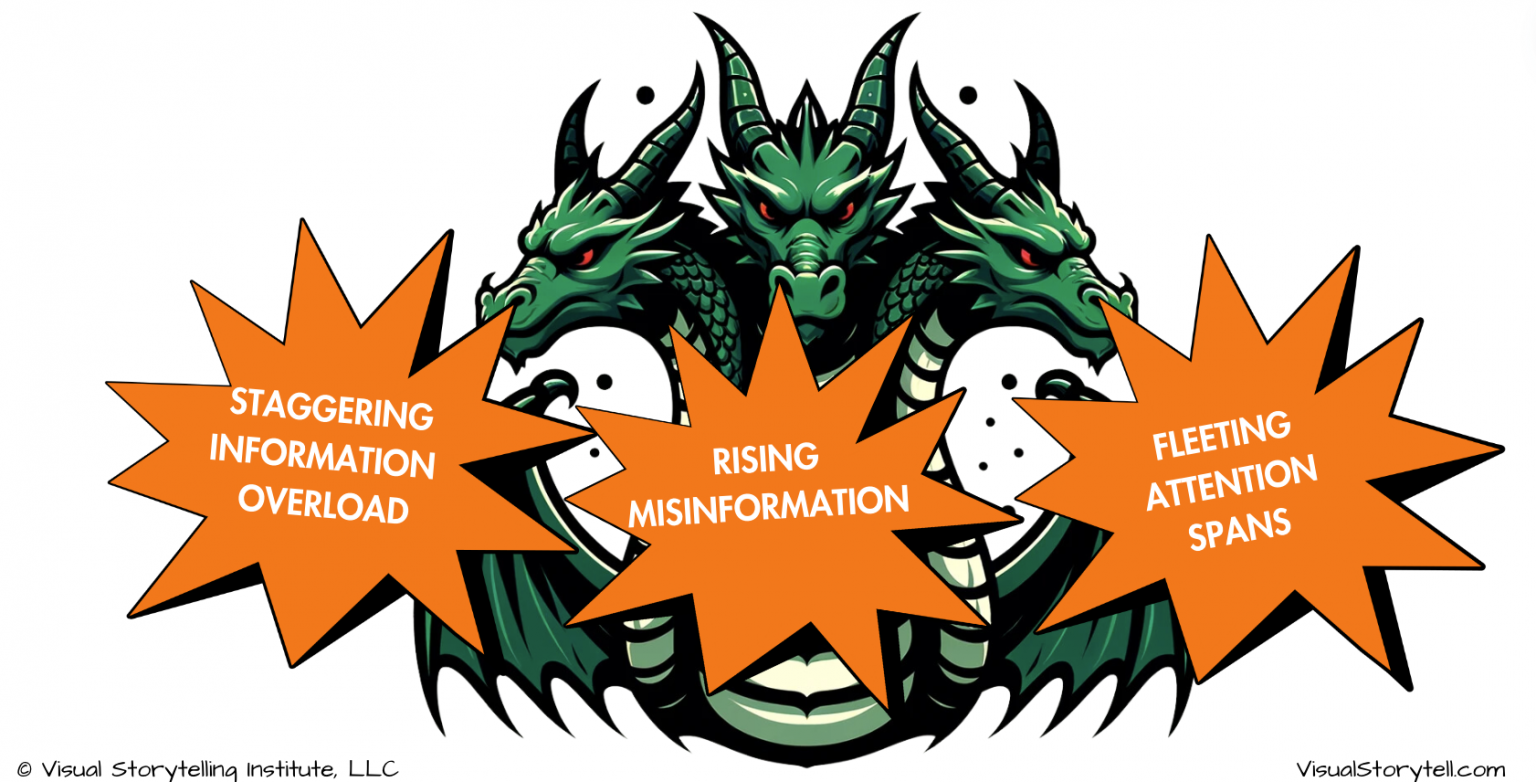
Image Source: visualstorytell.com
Graphic communication is influential in more than textbooks and newspapers. Graphics pervade signs, billboards, restaurants, malls, and product packaging. Certainly, graphics are now an integral part of websites, TV shows, and computers.
Graphics are literally everywhere. They are becoming a part of daily proceedings. So, graphics can tell stories and instructions in littlel to know words.
Moreover, graphics are even becoming a part of legal proceedings. In “Courtroom Graphics Come of Cyber-Age”, Sacha Pfeiffer found that visual images are more prevalent in courtrooms. Pfeiffer found:
“…a new willingness in legal circles to embrace them—have taken the use of visual images in the courtroom to a level unimaginable even a decade ago”.
Graphics are changing the way lawyers are defending their cases. Where verbal skills were important to sway juries, graphics are now the necessity.
Nowadays, more industries are using visual cues to direct consumers when words are not enough. Industries that deals heavily with customer relations use graphics as persuasive communication tools. As you will see later on, graphics are an essential marketing tool to define a brand name.
83% Of People Comprehend Illustrated Text More Than Text Alone
83% Of People Comprehend Illustrated Text More Than Text Alone
Graphics can do more than what text can do. Cognitvely and emotionally, visuals are far more powerful.
According to W. H. Levie and R. Lentz, graphics quicken our level of communication. Visual cues help translate data and draw more attention to infromation. On top of that, comprehension, recollection and retention are higher with visual images.
Levie and Lentz, saw that graphics engage with our emotions and attitudes. Emotions are essential in decision-making and perception. In this way, graphics can stimulate our creative thinking and greater understanding of data.
Behavioral psychologists forward that our decisions are based on intuitive judgments. The notion that we can never make a perfectly unbiased decision is pretty true.
Herbert A. Simon, a Nobel Prize scholar, studied people in corporate settings. He found that people abandoned formal decision making for the intuitive decision. Time constraints, a lack of information, and other variables made intuitive judgment the primary choice.
Similarly, Antonio Damasio, a neurologist, studied patients who damaged the parts of the brain that allowed them to feel. There rational, analytical part of their brain were still intact. However, they could not make rational decisions because their reasoning still relied on feelings.
Decision-Making Varies by How They Are Framed

Image Source: Medium
In their 1979 study, psychologists Amos Twerksy and Daniel Kahnerman coined the framing effect. It posited that decision-making also depended on how problems were framed or described. To Twersky amd Kahnerman, the framing effect exposed judgement errors and predictable thought patterns.
For example, take a look at this statement:
“A bat and a ball cost $1.10 in total. The bat costs $1 more than the ball. How much does the ball cost?”
The wording confuses readers and makes the otherwise simple answer difficult to see. However, if you said “the bat costs $1.95. How much does the ball cost.” The simple math becomes easier.
Here’s another example. Pick one of these products: 80% lean ground beef or 20% fat ground beef.
So, it is a game of losses and gains. The choices are essentially the same, but the percentage difference makes you want to pick the first one.
In the same way, you can paint choices to highlight the postive and negative aspects of a decision to manipulate consumer decision-making. Thus, it is even more clear that visuals are influential.
For more on impacts of the framing effect, check out this Decision Lab article.
32% of Businesses Spend More Than 30% of Their Budget on Visuals

Image Source: Getwalnut
So, it is no surprise that marketers are supporters of graphics and visual communciation. Graphics and visuals are easily consumed and can have a profound impact on decision-making. Keeping them on hand helps marketers stay ahead of their audience and feed them appropriate content.
Every year, billions of dollars go into creating the right graphic or image to sell a product or service. Graphics help create a brand identity. Certainly, visuals are the quick way to tell people who the advertisers are, their values, and their goals.
In 2001, Pepsi budgeted over $1 billion on their image. In the same year, Nike spent $269 million to promote their products. In 2003, the U.S. military spent $598 million on advertising to improve their brand and meet recruitment goals.
Graphics and logos are important because they are how people remember you in the future. No matter what, people can identify the Coca Cola or Nike logo. Certainly, graphics help you build customer relations and maintain supporters.
Visuals influence audience perceptions on subjects and on the presenters. Anyone who knows how to use this to their advantage puts themselves far ahead of their competition.
Professional Graphics Improve Learning and Retention By 200%
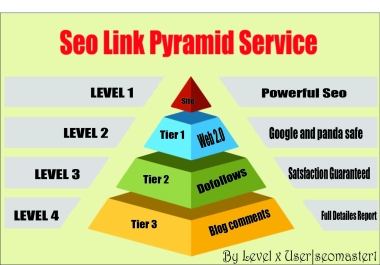
Image Source: Seoclerk
When graphic development increases in proposals, award value rises. As in, better graphics mean a greater proposal success rate.
The proposal industry takes advantage of graphics ability to sway audience opinion. Companies like Northrup Grumman, Raytheo, and Boeing find graphics essential in gaining government business.
Graphics became so influential in government decision-making that bad purchases were made strictly because of the visual. Because of this, the government had to put a restraint on presenting graphics. They turned back to black and white presentation packets to ensure even chances.
Symbols of patriotism were often used in proposals. They drove an emotional impact with government agents. Also, they establish the presenter as trustworthy and reliable to the government.
As you can see, a mere symbol can define where a presenter stands with their audience. So, it can make the audience agreeable or disagreeable with the presenter. In the simplest ways, graphics manipulate the foundations of rational thinking.
In an instant, relationships can be built from a single image. Credibility can be established or taken away.
For tips on maximizing your use of visuals in a proposal, check out this article.
Visual and Text Rely On Each Other
As powerful as visual communication is, text communication is not completely disposable. According to J.R. Levin, in “A Transfer of Appropriate Processing Perspective of Pictures in Prose”:
“Pictures interact with text to produce levels of comprehension and memory that can exceed what is produced by text alone.”
Words rely on images and vice versa. Words and images together continuously create a new communal language. Robert E. Horn, A Stanford award-winning scholar, said that:
“When words and visual elements are closely entwined, we create something new and we augment our communal intelligence…visual language has the potential for increasing ‘human bandwidth’—the capacity to take in, comprehend, and more efficiently synthesize large amounts of new information.”
Our constant evolution of words and images leads to more ways, humanity can comprehend large amounts of data.
Conclusion
Visual communication is at the core of how we interact and understand the world around us. Certainly, it defines our perceptions and can manipulate our thoughts. However, it can also expand our minds.
Visual communication augments human understanding. Our capacity to think and synthesize the world’s overwhelming amount of information is changing and growing. Share your thoughts with us!
Awesome! Share To :
Receive our news


